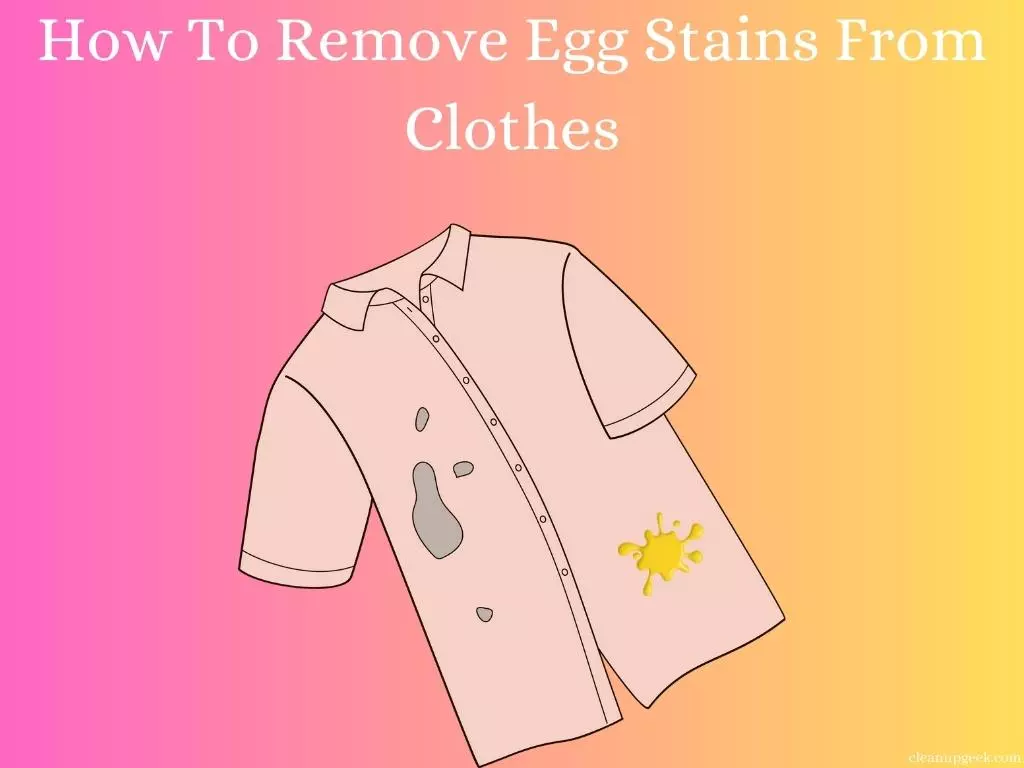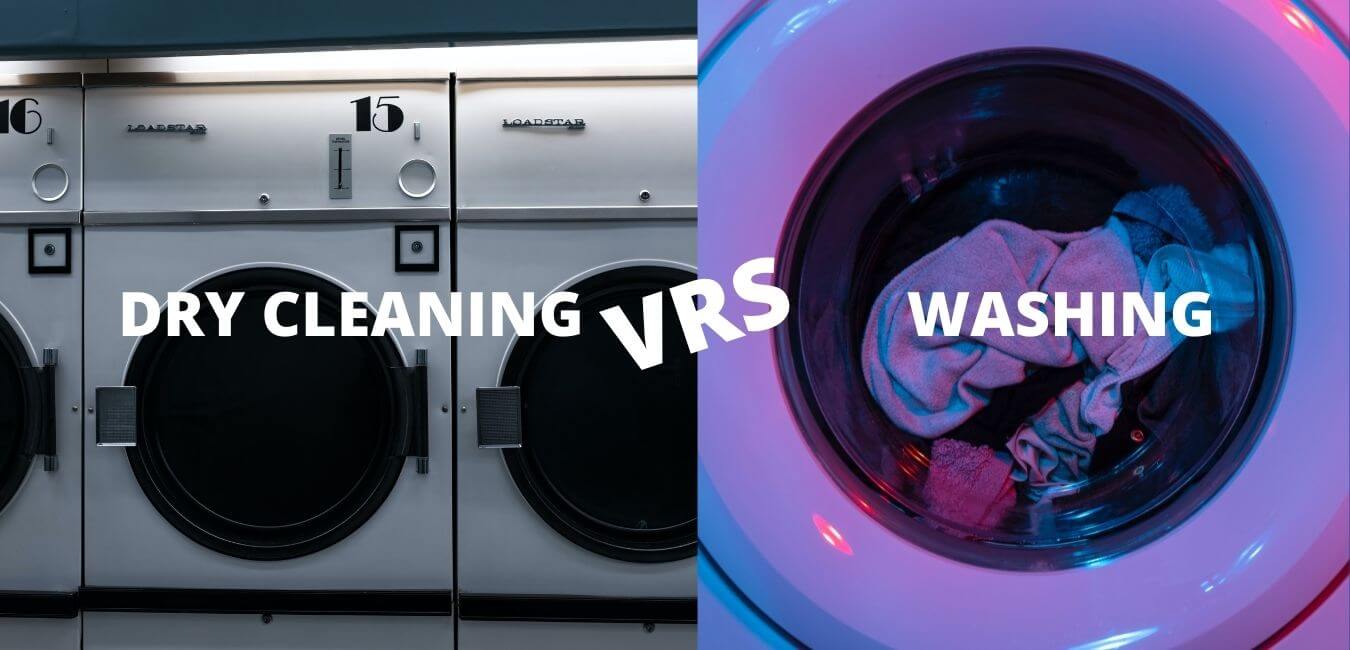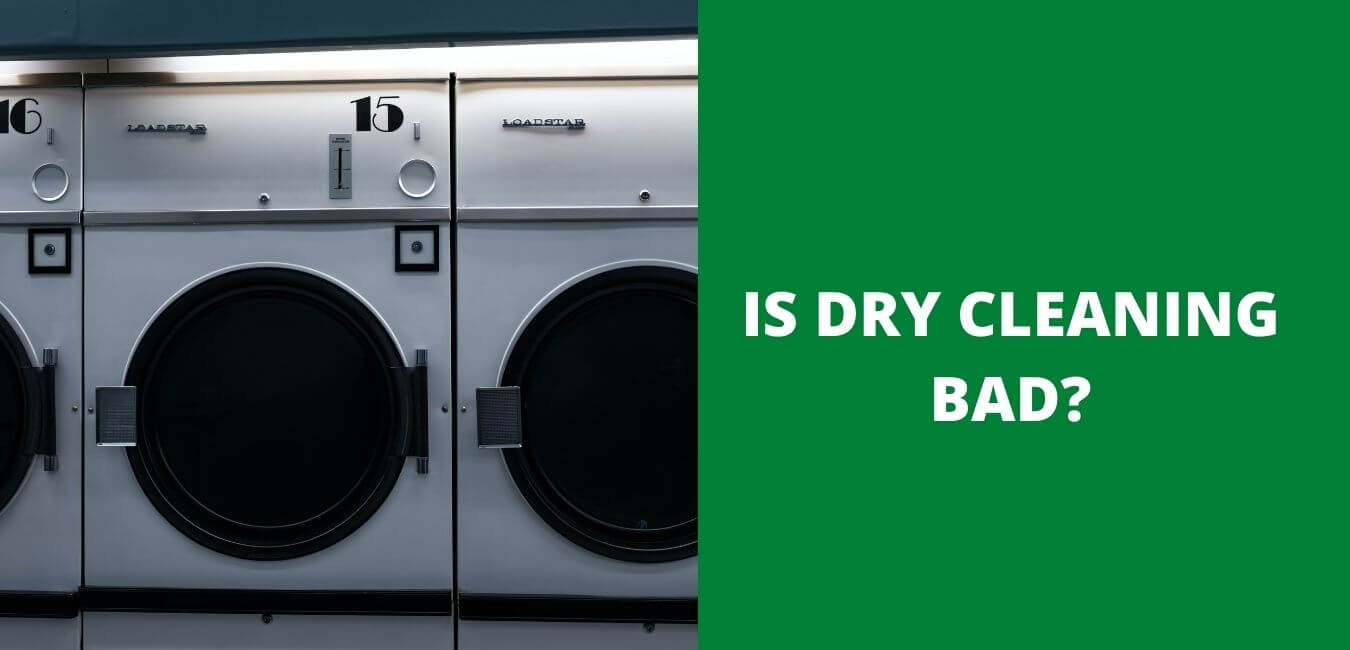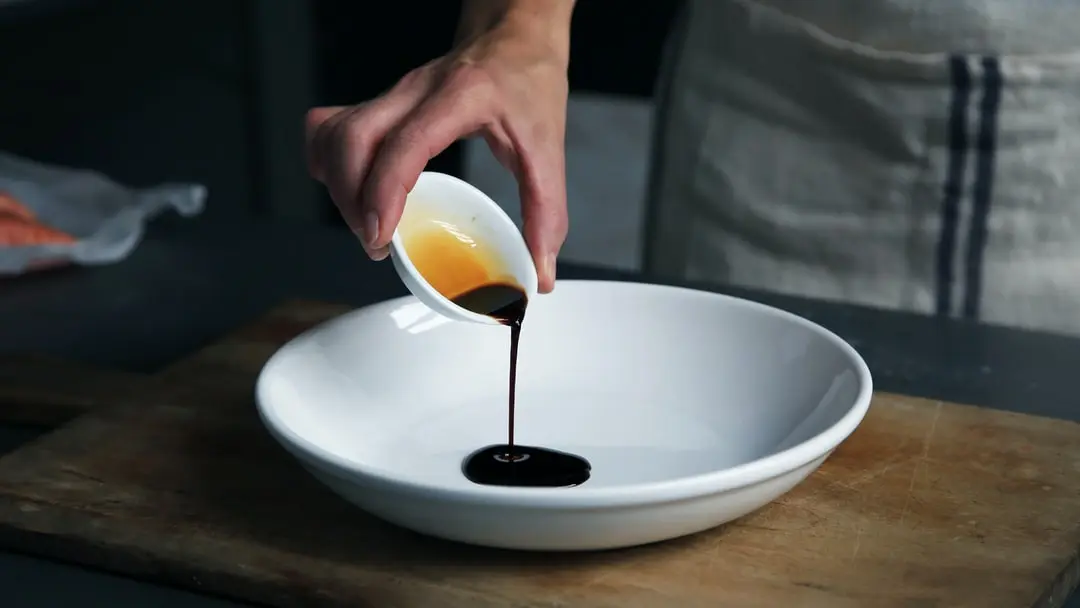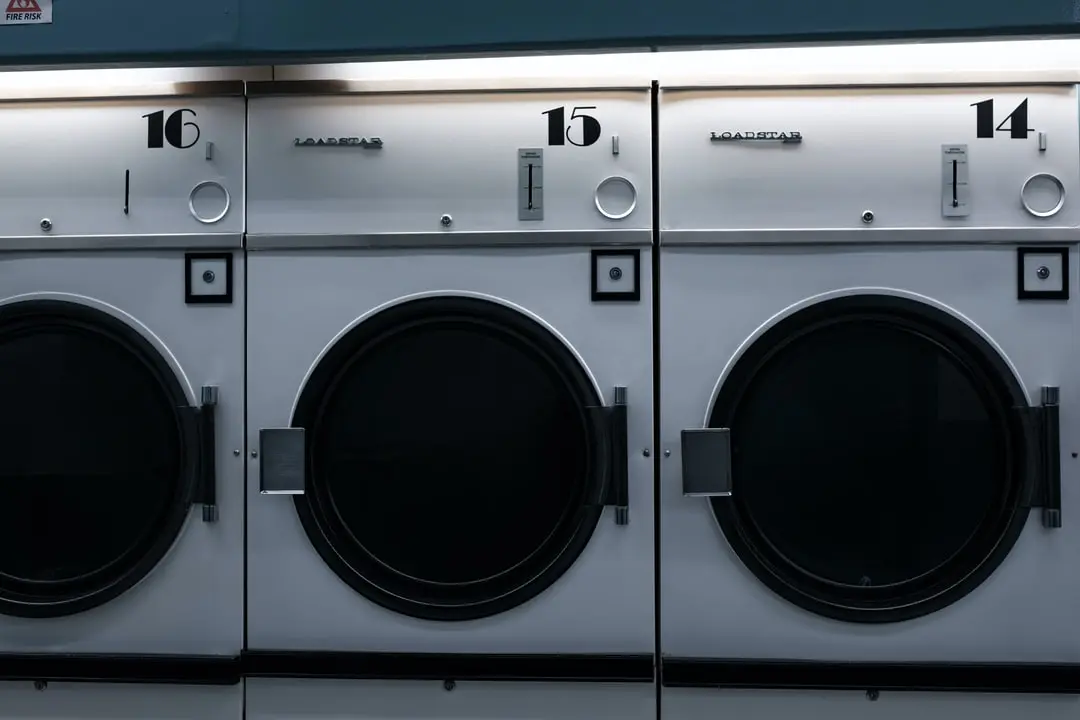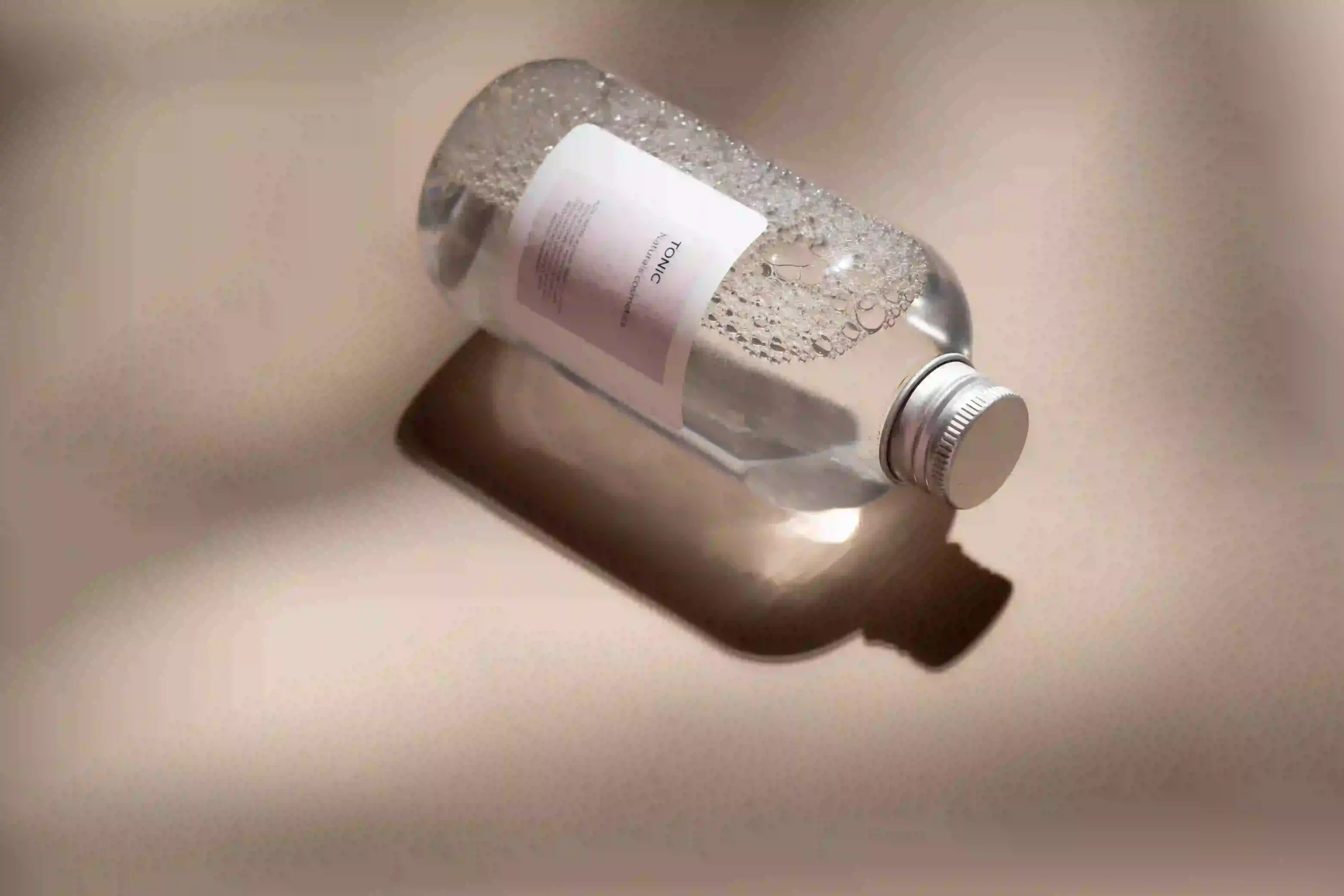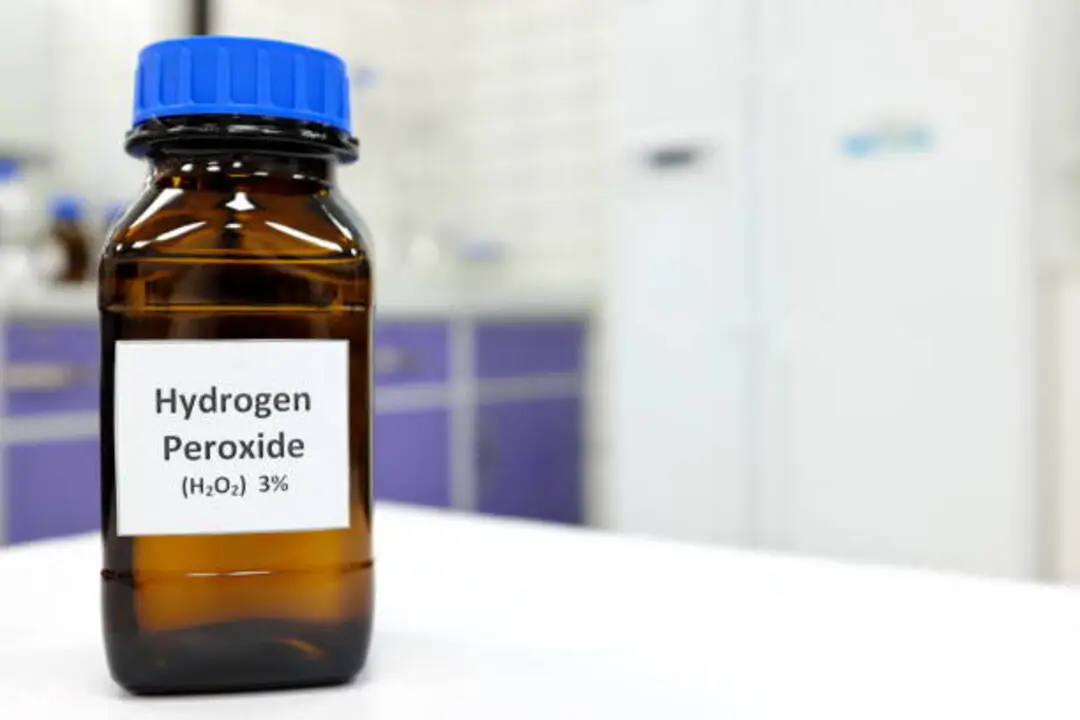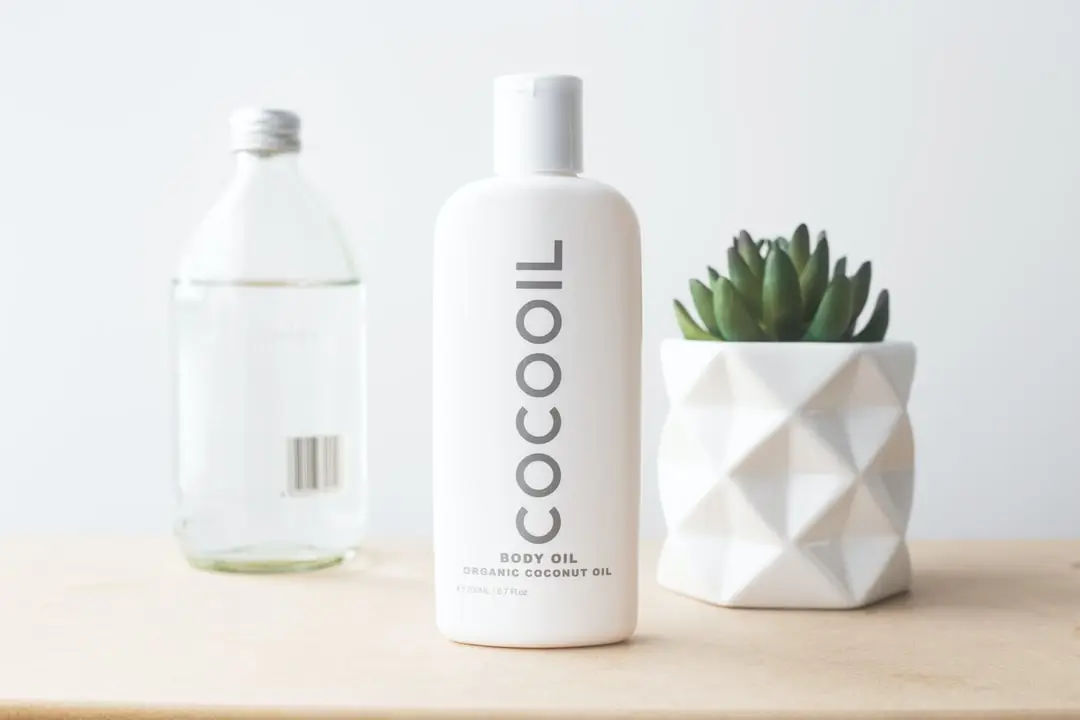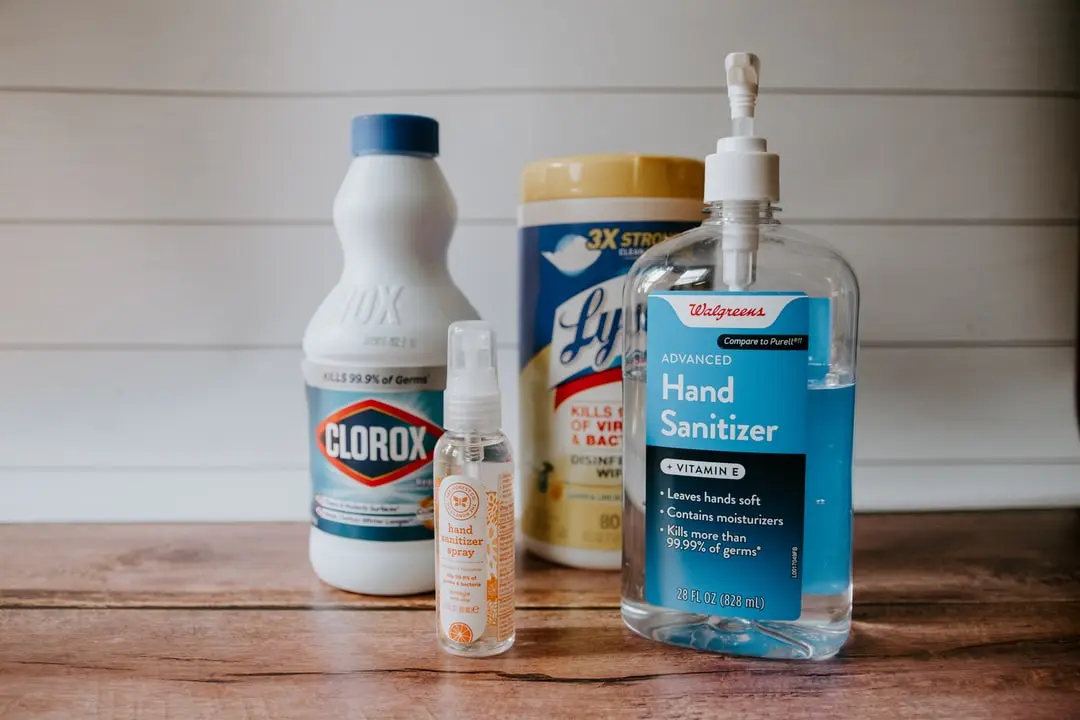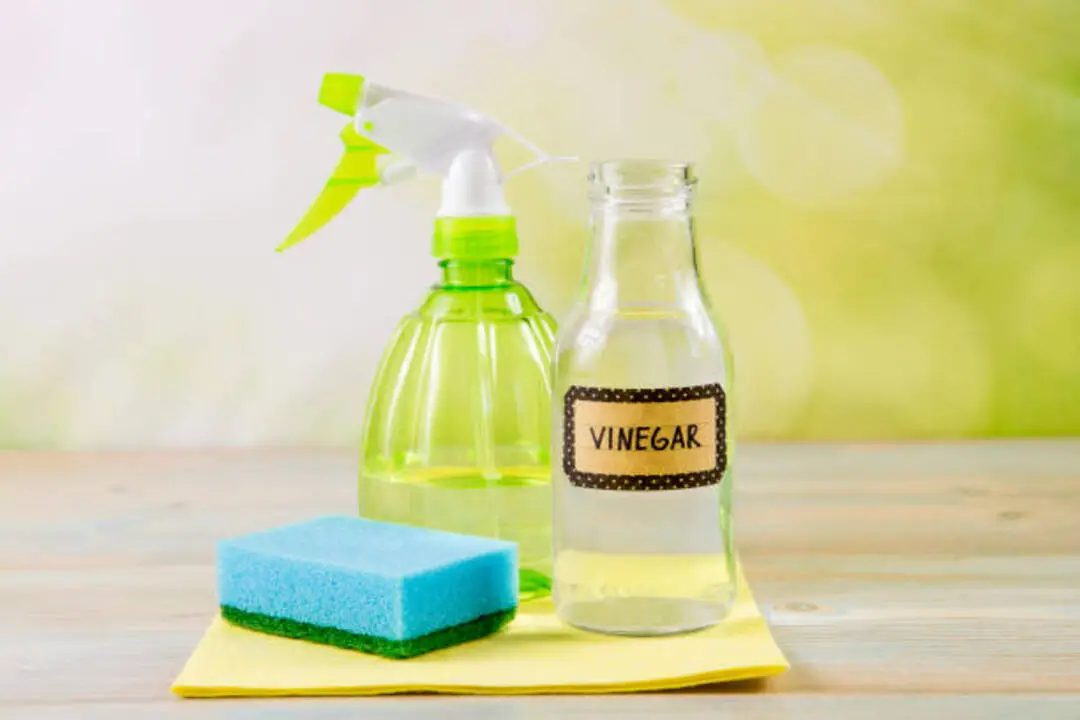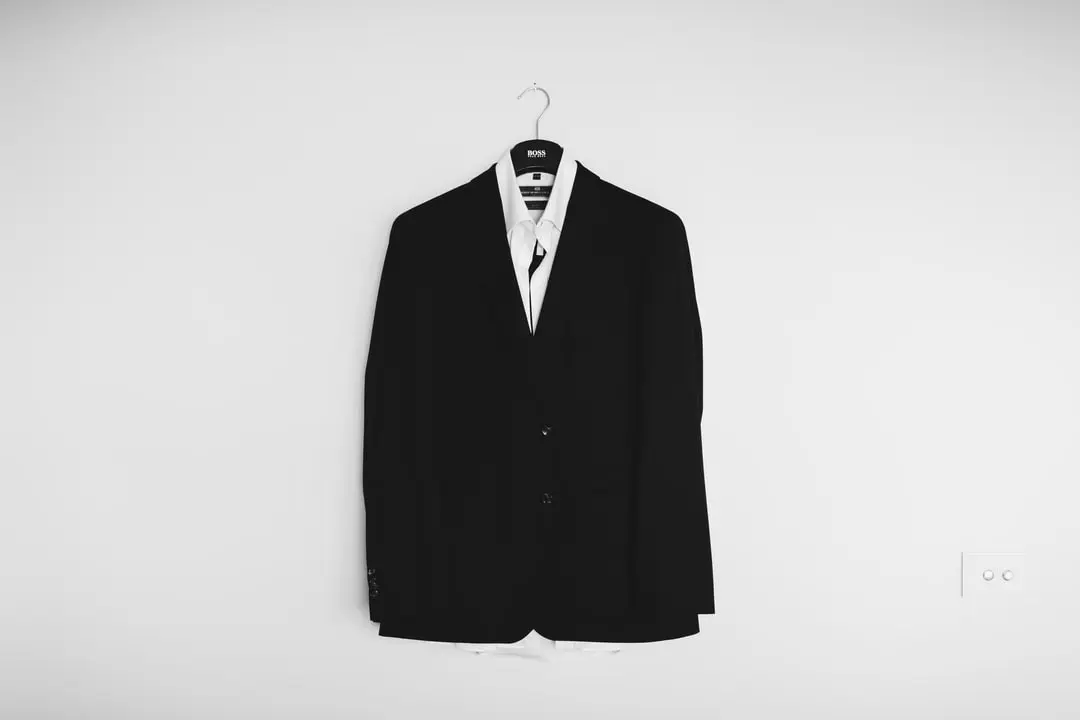Egg stains on your favorite clothes can feel like a disaster. Especially as these protein-based spots cling on stubbornly, making them one of the trickiest stains to deal with.
This blog post comes armed with reliable tips and techniques to help you tackle those pesky egg stains effectively.
Keep reading, your wardrobe rescue guide is just a scroll away!
Key Notes
- Remove excess egg from clothes by gently scraping it off with a dull tool like a spatula.
- Soak the fabric in cold water for at least 30 minutes to loosen the stain before treating it with a stain remover or laundry detergent.
- Gently scrub the stain with a soft-bristled toothbrush or cloth in circular motions, being careful not to damage the fabric.
- Rinse the fabric thoroughly and check for any remaining stains before drying.
How To Remove Egg Stains from Clothes
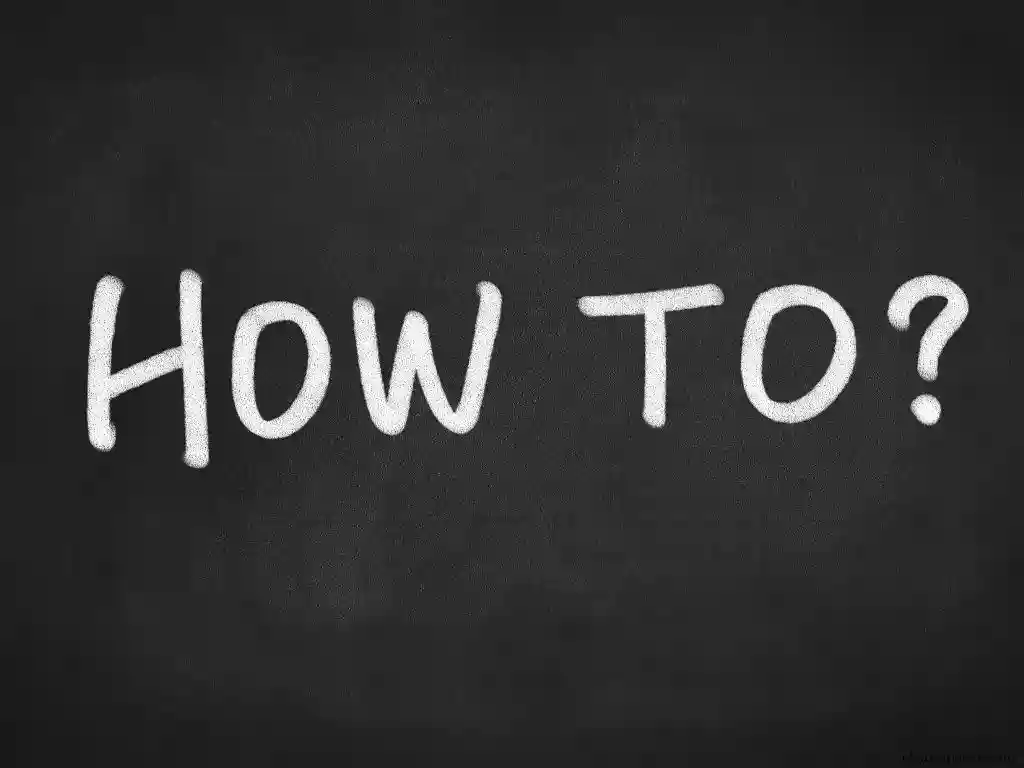
Start by removing any excess egg from the fabric.
1. Remove any excess eggs.
Scrape off as much egg as you can. Use a dull tool like a spatula so you don’t hurt the fabric. This is your first step to clean an egg stain. It helps get rid of most of the mess quickly.
2. Soak the fabric in cold water
To
Leave the fabric to soak for at least 30 minutes, or even overnight if possible. After soaking, proceed with treating the stain using a stain remover or laundry detergent, as mentioned earlier.
Remember to be patient and persistent when removing egg stains, as it may take multiple attempts before achieving complete removal.
3. Treat the stain with a stain remover or laundry detergent
To remove egg stains from clothes, you can treat the stain with a stain remover or laundry detergent. Make sure to choose a heavy-duty detergent that is designed for removing tough stains like protein-based ones.
Apply the stain remover directly onto the stained area and gently rub it in using a soft-bristled toothbrush. Let it sit for a few minutes to allow the detergent to penetrate the fabric fibers.
Then, wash the garment as usual, following the instructions on the care label. This method should help break down and remove the egg stain effectively.
4. Scrub the stain gently
To remove egg stains from clothes, it’s important to scrub the stain gently. You don’t want to be too rough and damage the fabric. Use a soft-bristled toothbrush or a cloth to rub the stain in circular motions.
This will help loosen the residue and lift it from the fibers of the fabric. Be patient and take your time with this step, as scrubbing too hard may cause the stain to spread or become more difficult to remove.
Remember not to startle those stains!
5. Rinse the fabric and check for any remaining stains.
After scrubbing the stain gently, it’s important to rinse the fabric with clean water and carefully check for any remaining stains. Make sure to thoroughly rinse out all the detergent or stain remover used in the previous steps.
By rinsing and inspecting the fabric, you can determine if the egg stain has been completely removed or if further treatment is needed. If there are still traces of the stain, you may need to repeat some of the previous steps or try alternative methods mentioned earlier, such as using white vinegar or soaking clothes overnight in cold water.
Patience is key when dealing with stubborn egg stains, so don’t get discouraged and keep trying until your clothes are free from any remaining marks.
Removing Egg Stains from Upholstery or Carpet

Blot the stain to remove any excess egg, and mix a cleaning solution of dishwashing detergent and warm water.
1. Blot the stain to remove any excess egg
To start removing an egg stain from clothes, first, blot the stain gently with a clean cloth or paper towel. This will help to remove any excess egg and prevent it from spreading further into the fabric.
By doing this, you can get rid of some of the mess before moving on to the next steps in effectively removing the stain.
2. Mix a cleaning solution of dishwashing detergent and warm water
To remove egg stains from clothes, you can mix a cleaning solution using dishwashing detergent and warm water. This solution is effective in breaking down the proteins in the stain. Here’s how to do it:
In a bowl or container, combine warm water and a small amount of dishwashing detergent. Mix the solution until it becomes soapy.
3. Apply the solution to the stain and gently scrub
To remove an egg stain from clothes, apply a solution of dishwashing detergent and warm water directly to the stain. Use a soft-bristled toothbrush to gently scrub the area in circular motions.
This helps to loosen and lift the stain from the fabric fibers. Afterward, rinse the fabric with clean water and blot dry. Remember, patience is key when dealing with stubborn stains like eggs, so don’t be afraid to repeat this process if needed.
4. Rinse the area with clean water and blot dry
After treating the egg stain on your clothes or upholstery, it’s important to rinse the area with clean water. This helps to remove any remaining stain remover or detergent residue.
Use cold water for rinsing, as hot water can set the stain. Once you’ve thoroughly rinsed the area, gently blot it dry with a clean cloth or towel. Avoid rubbing or scrubbing, as this can spread the stain and damage the fabric or carpet fibers.
By rinsing and blotting dry, you’ll ensure that your clothes or upholstery are left clean and free from any leftover stains.
Remember to test any cleaning solution on a small, inconspicuous area first to avoid damaging your fabric or carpet. It’s always best to consult a professional if you’re dealing with stubborn stains or delicate fabrics that require special care.
Precautions and Additional Tips for Handling Egg Stains

To ensure successful stain removal, avoid using hot water as it can set the stain, test any stain remover on a small area first, and consult a professional for stubborn or delicate fabrics.
Plus, discover more handy tips to tackle egg stains in our comprehensive guide.
1. Avoid using hot water, as it can set the stain
To effectively remove egg stains from your clothes, it is important to avoid using hot water. Hot water can actually set the stain and make it more difficult to remove. Instead, opt for cold water when treating egg stains.
The cold water helps to prevent the proteins in the egg from binding to the fabric fibers, making it easier to lift the stain away. So remember, stick with cold water when tackling those stubborn egg stains on your favorite clothes.
2. Test any stain remover on a small, inconspicuous area first
Before applying any stain remover to your clothes, it’s important to test it on a small, hidden area of the fabric first. This will help you see if the stain remover causes any discoloration or damage to the material.
Simply apply a small amount of the product to an inconspicuous area, like the inside seam or hemline, and let it sit for a few minutes. Then, gently blot or rinse away the stain remover and check if there are any adverse effects before proceeding with treating the egg stain.
It’s better to be safe than sorry!
3. Consult a professional for stubborn or delicate fabrics
For stubborn or delicate fabrics that have egg stains, it’s best to consult a professional. They have the expertise and specialized equipment to safely remove stains without causing any damage.
Stubborn stains may require more advanced techniques or cleaning agents that professionals are trained to use. Delicate fabrics, such as silk or satin, can be sensitive to certain stain removal methods and may need special care from experts who know how to handle them properly.
By seeking professional help, you can ensure that your stubborn or delicate clothes are treated with the utmost care and come out clean and stain-free.
Frequently Asked Questions
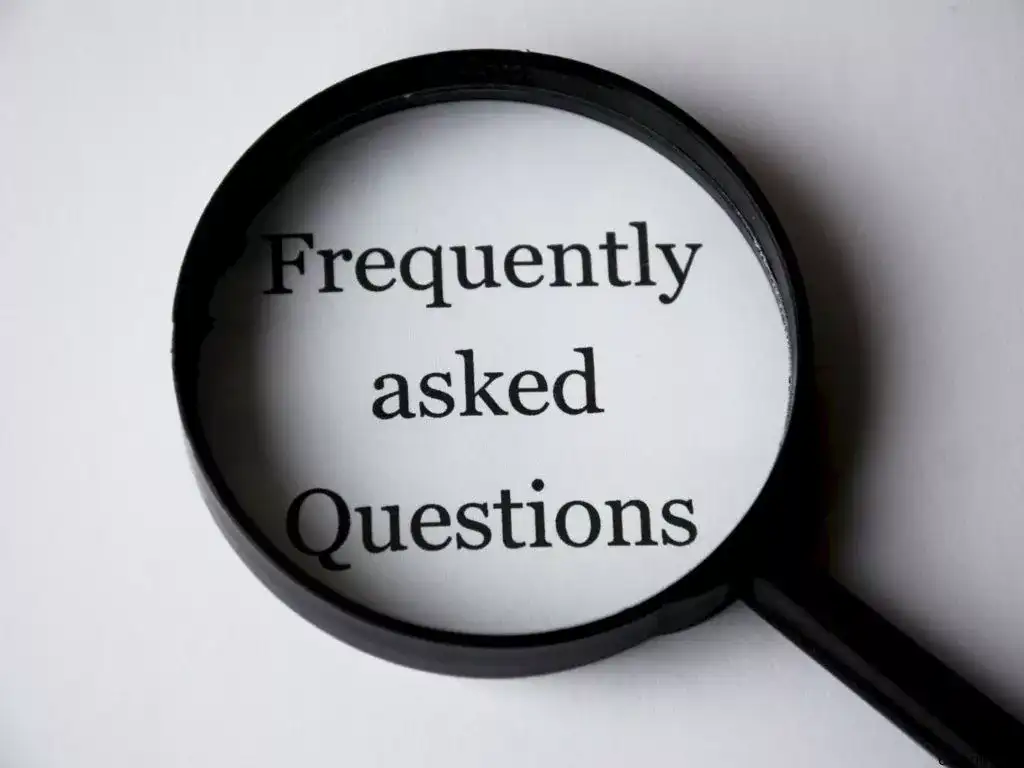
1. How do I remove egg stains from clothes?
To remove egg stains from clothes, scrape off any excess egg with a spoon or dull knife, then soak the stained area in cold water for 30 minutes. After soaking, rub liquid laundry detergent onto the stain and wash the clothing as usual.
2. Can I use hot water to remove egg stains?
No, it is best to use cold water when removing egg stains, as hot water can cause the protein in the egg to set and make it more difficult to remove.
3. What if there is still a stain after washing?
If there is still a stain after washing, avoid drying the clothing, as this can set the stain further. Instead, repeat the steps of soaking in cold water and applying laundry detergent before washing again.
4. Are there any alternative methods for removing egg stains?
Yes, an alternative method for removing egg stains is to create a paste by mixing equal parts baking soda and water, gently rubbing it onto the stain, letting it sit for 15 minutes, then rinse it with cold water before laundering as usual.
Conclusion and final thoughts 💭
In conclusion, removing egg stains from clothes requires a few simple steps. First, remove any excess egg and soak the fabric in cold water. Treat the stain with a stain remover or laundry detergent and gently scrub it.
Rinse the fabric and check for any remaining stains. For upholstery or carpet, blot the stain and use a cleaning solution of dishwashing detergent and warm water to scrub it. Remember to avoid using hot water, as it can set the stain.
Test any stain remover on a small area first, and consult a professional if needed. With patience and these tips, you can successfully remove egg stains from your clothes!
